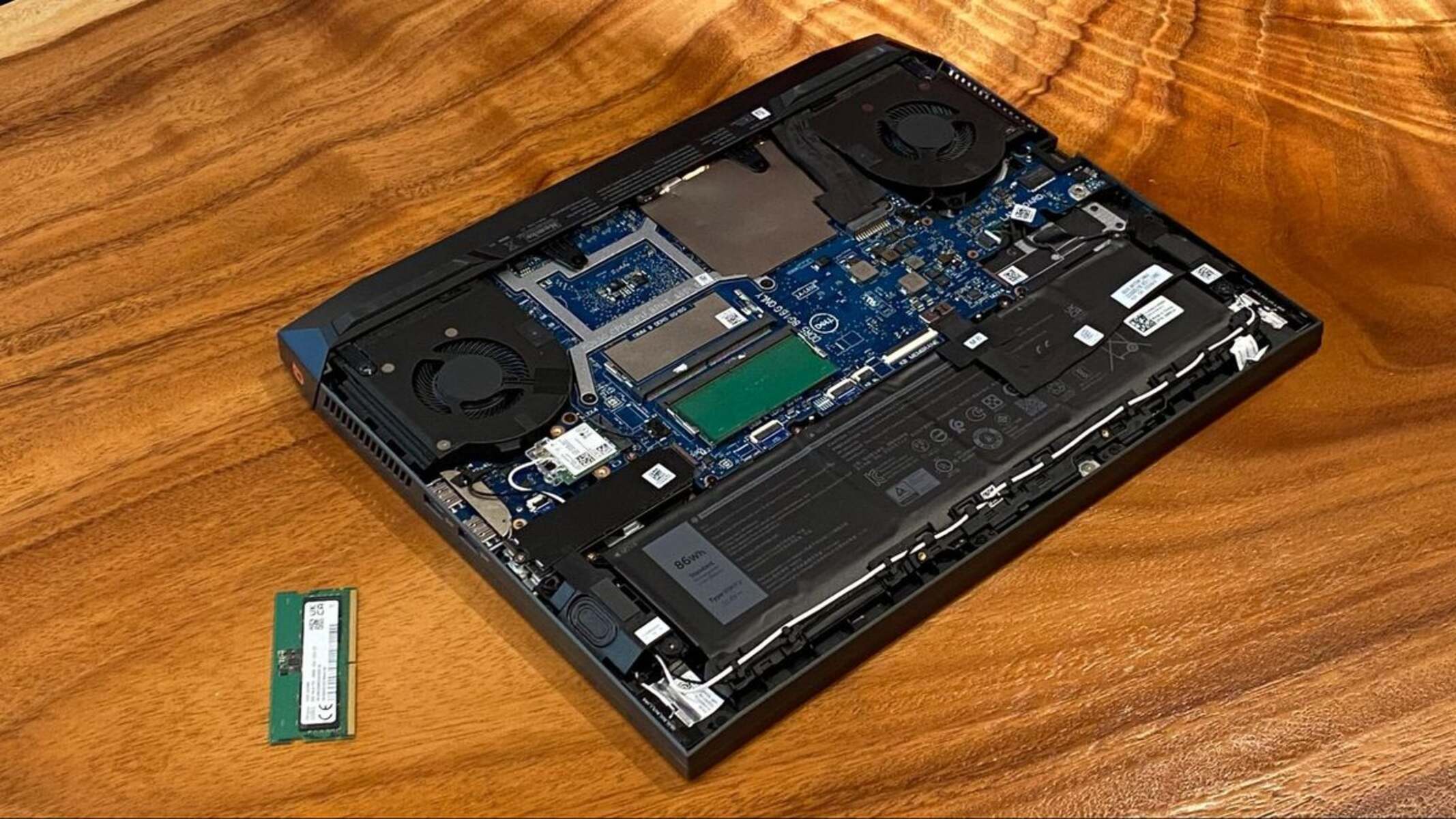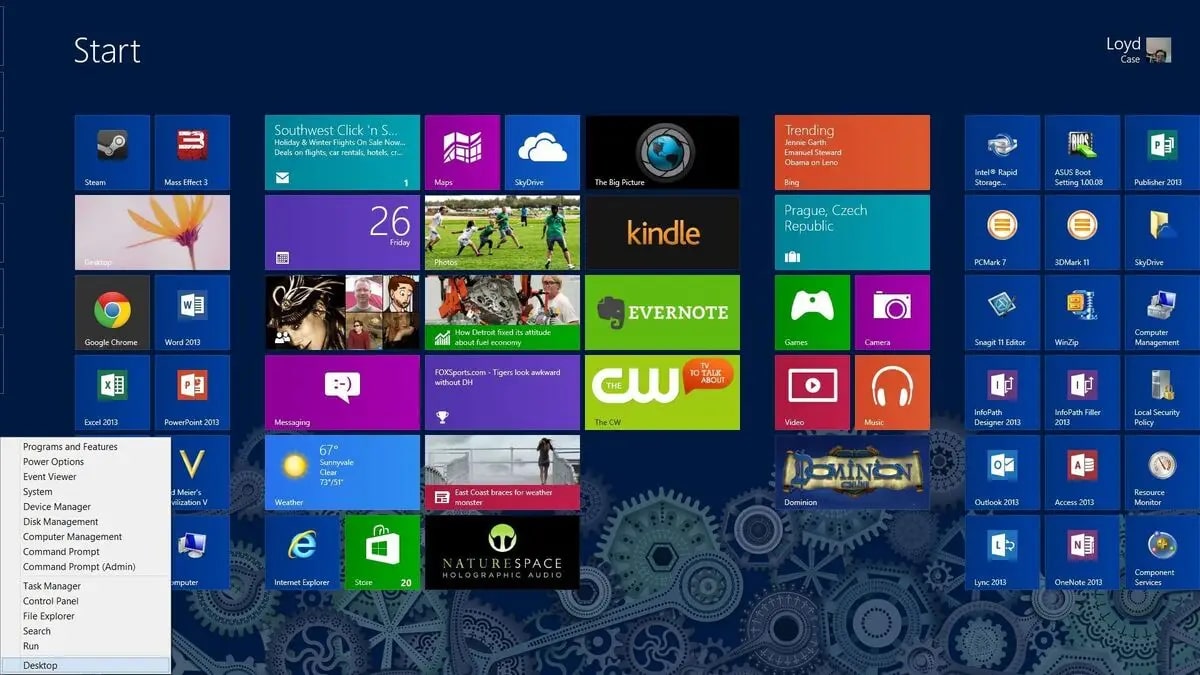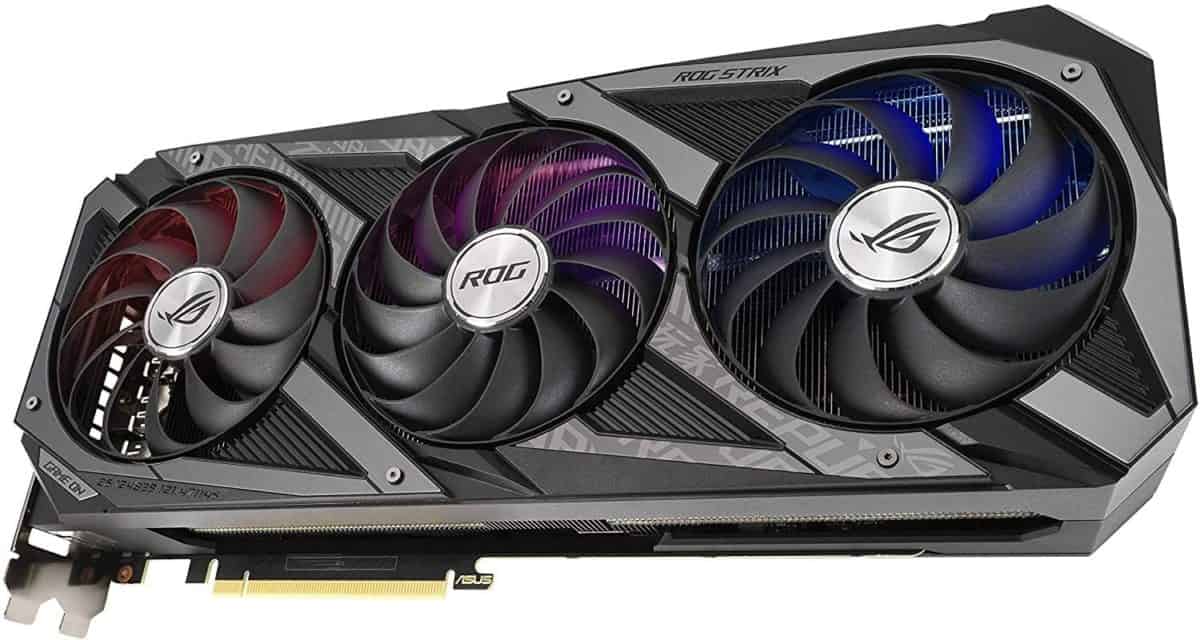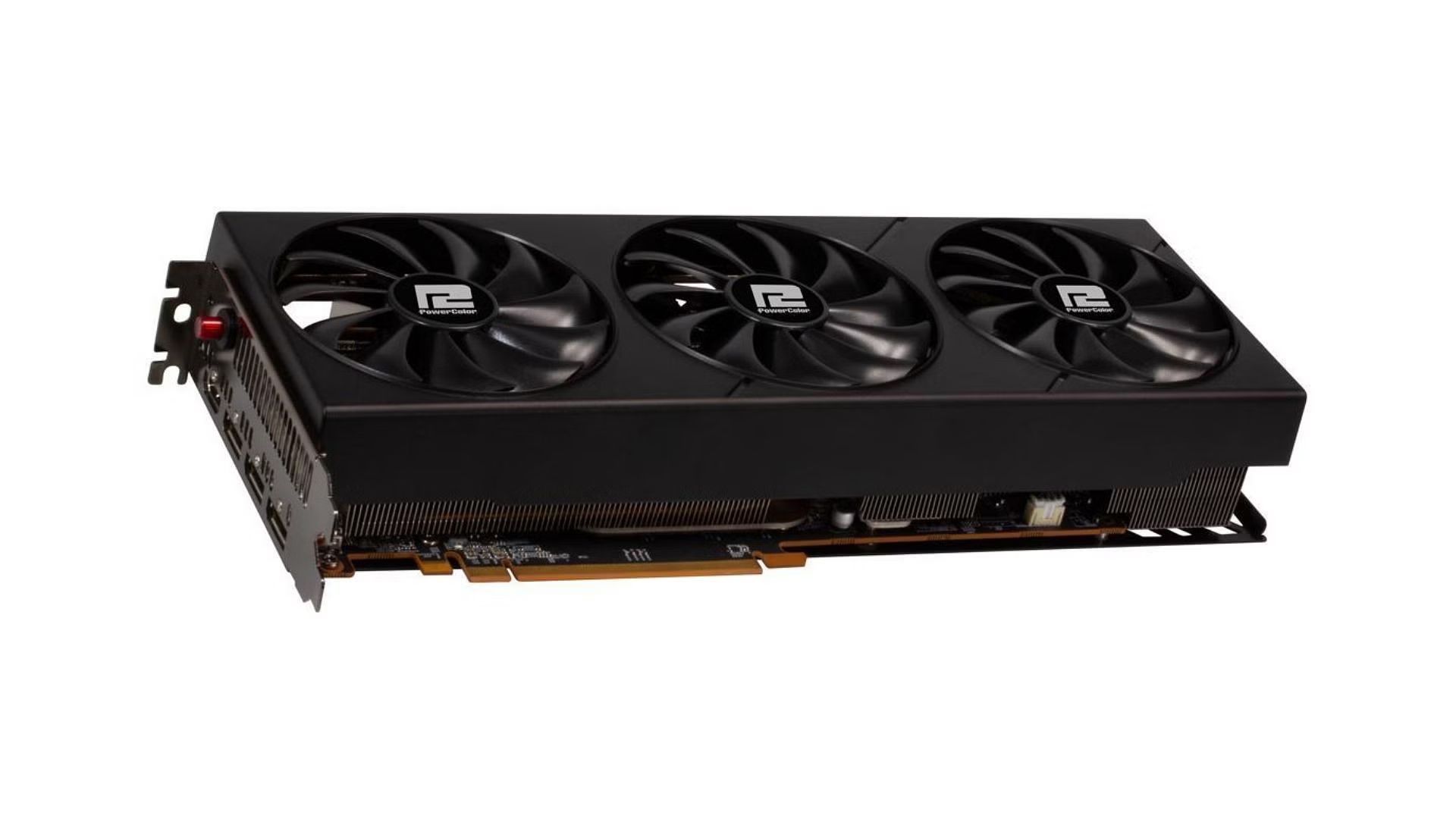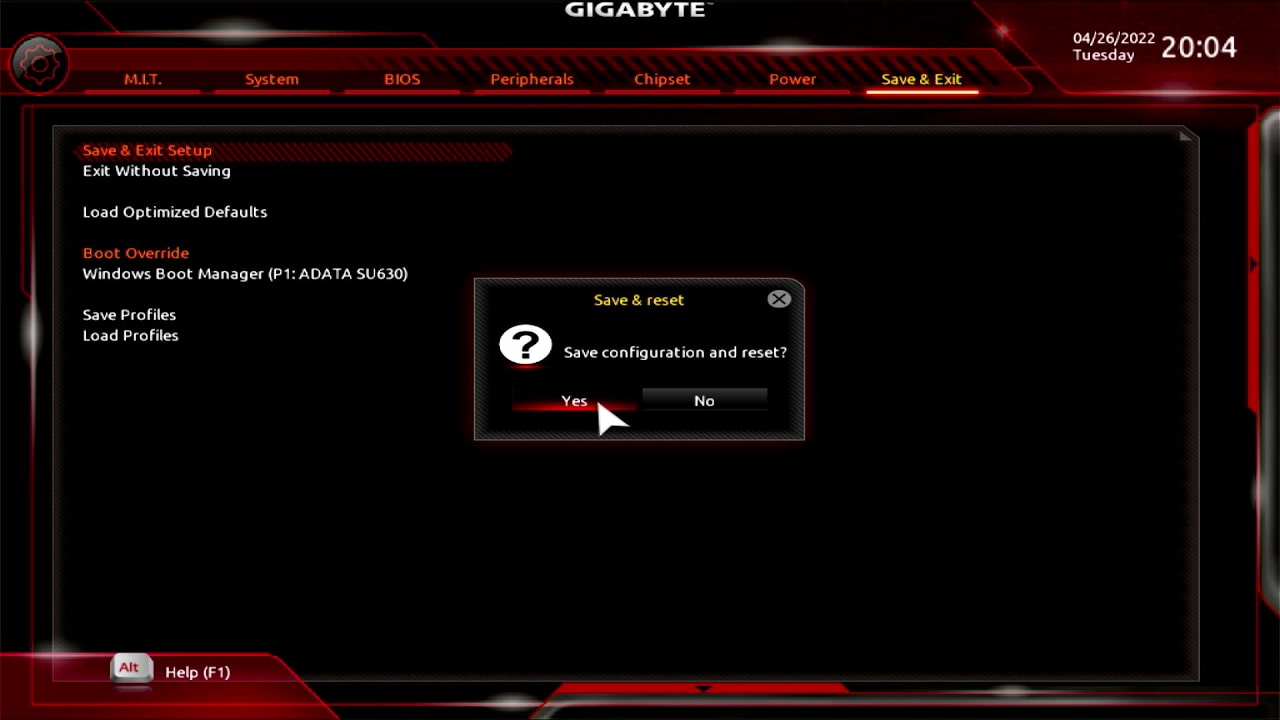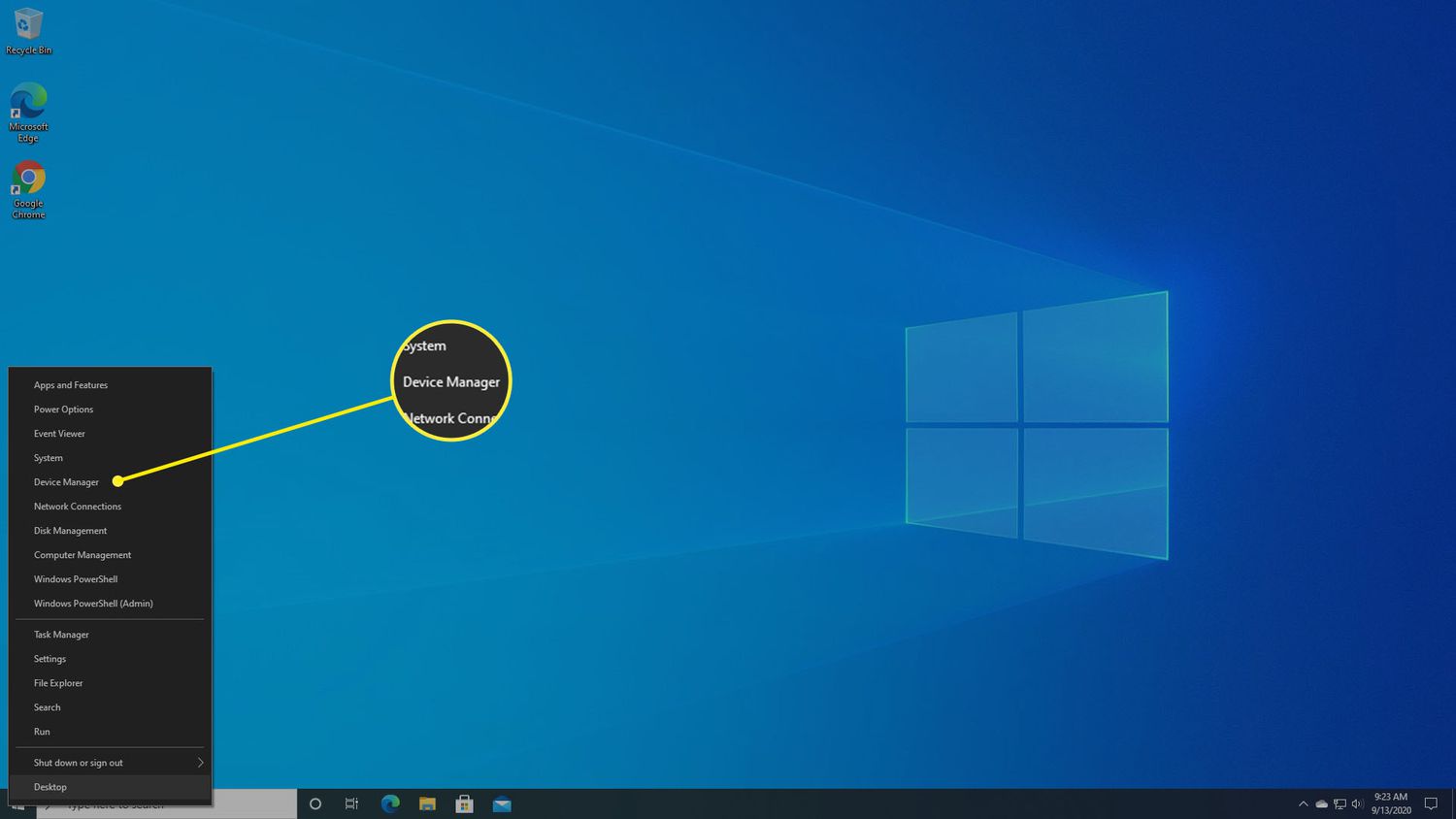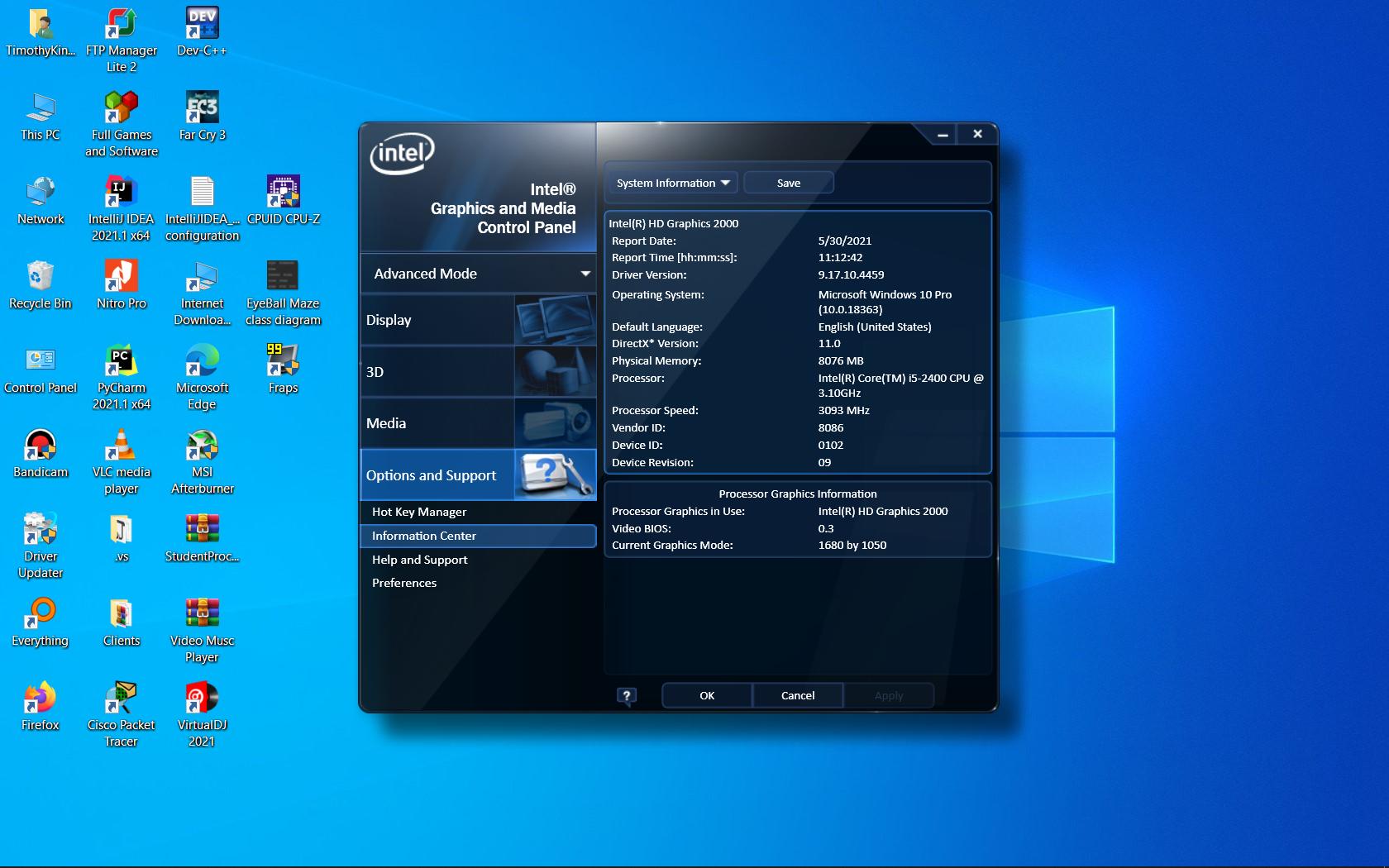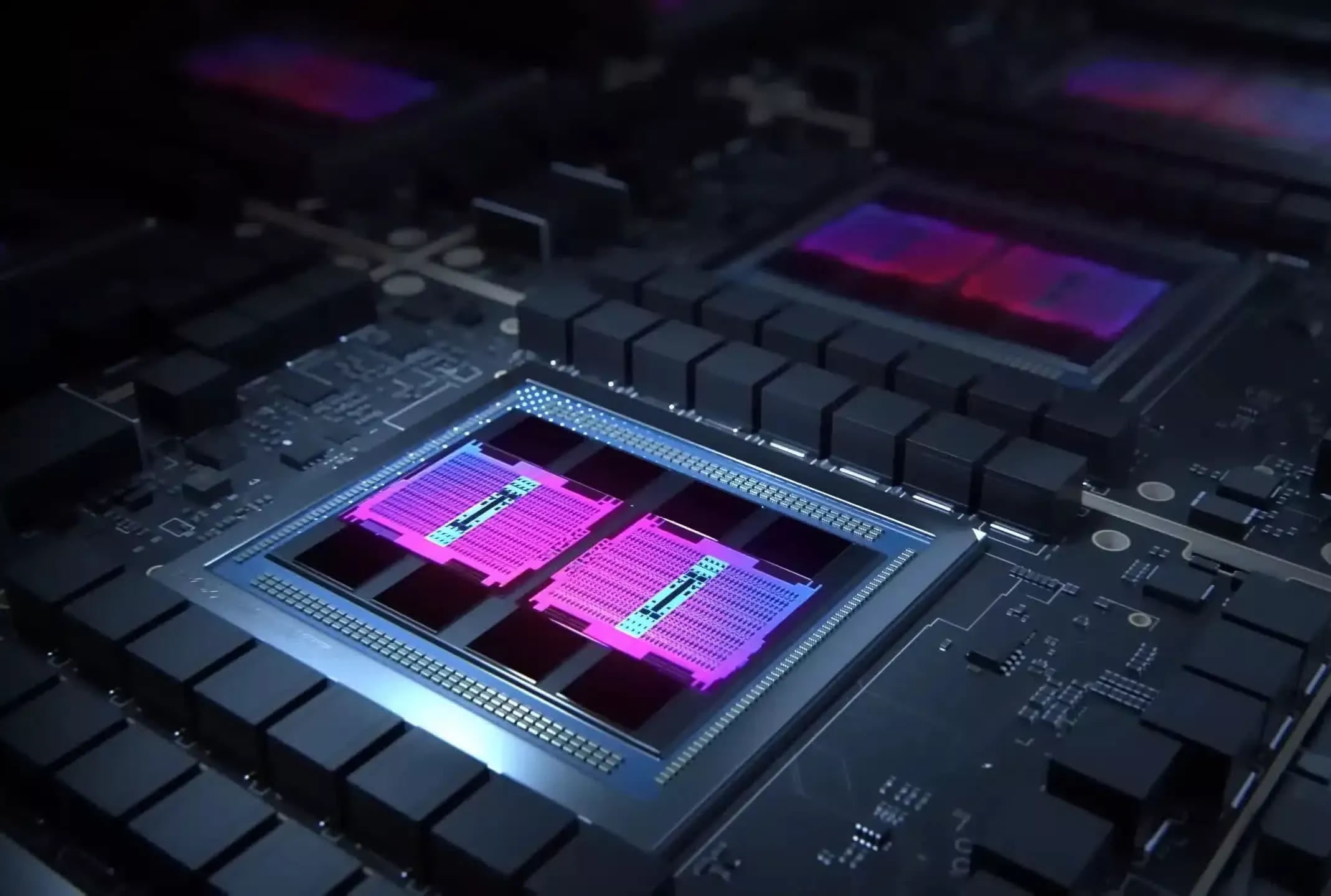Introduction
Keeping your graphics card drivers up-to-date is crucial for ensuring optimal performance and compatibility on your Windows 8 system. Graphics card drivers act as a bridge between your computer’s hardware and the software applications you use, allowing for smooth rendering of graphics-intensive tasks such as gaming, video editing, and graphic design. By regularly updating your graphics card drivers, you can take advantage of new features, bug fixes, and performance enhancements provided by the graphics card manufacturer.
Windows 8 is known for its sleek and modern interface, and having the appropriate graphics card drivers is essential for experiencing the full capabilities of this operating system. Whether you are a casual user who enjoys watching high-definition videos or a professional gamer pushing the limits of your hardware, keeping your graphics card drivers up-to-date is a must.
In this guide, we will walk you through the process of checking for current graphics card drivers on your Windows 8 system, downloading the latest drivers, and ensuring a smooth installation process. We will also touch on troubleshooting common issues that may arise during the update process.
Before we dive into the details, it’s important to note that updating your graphics card drivers may require administrative privileges on your computer. If you are not logged in as an administrator, you may need to consult with the person who has administrative access or ask for their assistance.
Now that we have covered the importance of updating your graphics card drivers and the prerequisites for this process, let’s move on to the next section, where we will guide you through checking for current drivers on your Windows 8 system.
Why Update Graphics Card Drivers?
Regularly updating your graphics card drivers is crucial for several reasons. Let’s explore why it’s important to keep these drivers up-to-date on your Windows 8 system.
- Improved Performance: Graphics card driver updates often include optimizations and performance enhancements. These updates can improve the overall speed and efficiency of your graphics card, allowing for smoother and more responsive graphics-intensive tasks.
- Bug Fixes: Graphics card drivers can have bugs or compatibility issues with certain applications or games. Updating the drivers can address these bugs and prevent issues such as crashes, graphical glitches, or performance problems.
- New Features: Graphics card manufacturers frequently introduce new features and capabilities through driver updates. These features can enhance your gaming experience, enable new visual effects, or provide better compatibility with the latest software applications.
- Increased Stability: Outdated drivers can cause system instability, leading to crashes or freezes. By updating your graphics card drivers, you can ensure that your system is running on the latest, most stable software, minimizing the chances of encountering these issues.
- Compatibility: Software developers often optimize their applications for the latest graphics card drivers. By keeping your drivers up-to-date, you ensure better compatibility with the latest software releases, preventing potential issues or performance limitations.
Now that we have covered the importance of updating your graphics card drivers, let’s move on to the next section, where we will guide you through checking for current drivers on your Windows 8 system.
Checking for Current Drivers
Before you update your graphics card drivers on your Windows 8 system, it’s important to check if you already have the latest version installed. Here’s how you can do it:
- Open the Start menu and click on the “Control Panel” option.
- In the Control Panel, navigate to the “Device Manager” option and click on it.
- Once the Device Manager opens, locate and expand the “Display Adapters” category.
- You will see the name of your graphics card listed under the Display Adapters category.
- Right-click on your graphics card and select the “Properties” option.
- In the Properties window, click on the “Driver” tab.
- In the Driver tab, you will find information about your current driver version, date, and provider.
Compare the driver version displayed in the Driver tab with the latest driver version available on the graphics card manufacturer’s website. If your driver version is outdated, it’s time to proceed with updating your graphics card drivers, which we will discuss in the next section.
Ensuring that you have the latest graphics card drivers will help you maximize the performance and stability of your Windows 8 system. Keeping your drivers up-to-date can prevent compatibility issues and enable you to take advantage of new features and optimizations provided by the graphics card manufacturer.
Now that you have checked for your current drivers, let’s move to the next section, where we will guide you through downloading the latest drivers for your graphics card.
Downloading the Latest Drivers
Once you have determined that your graphics card drivers need updating on your Windows 8 system, it’s time to download the latest drivers from the manufacturer’s website. Here’s how you can do it:
- Open your preferred web browser and go to the website of your graphics card manufacturer. Examples include NVIDIA, AMD, or Intel.
- Navigate to the “Drivers” or “Support” section of the website.
- On the support page, you may be prompted to select your graphics card model or series. Choose the appropriate option.
- Once you have selected your graphics card model, you will see a list of available drivers.
- Look for the latest driver version that is compatible with your Windows 8 system.
- Click on the download button next to the driver. Make sure to download the correct driver for your system architecture (32-bit or 64-bit).
- Depending on your web browser, the driver file may start downloading automatically or prompt you to select a download location.
- Wait for the download to complete. The driver file is usually a compressed folder or an executable file.
When downloading the driver, it’s always a good idea to save it to a location that is easy to access, such as your desktop or a dedicated folder. This will make it more convenient to find and install the driver later on.
Downloading the latest drivers from the graphics card manufacturer’s website ensures that you have the most up-to-date and compatible drivers for your Windows 8 system. These drivers are specifically tailored to optimize performance and stability for your specific graphics card model.
Now that you have successfully downloaded the latest drivers, let’s proceed to the next section, where we will guide you through the installation process.
Installing the Drivers
Once you have downloaded the latest drivers for your graphics card on your Windows 8 system, it’s time to install them. Here’s a step-by-step guide on how to do it:
- Locate the downloaded driver file on your computer. If the file is compressed, extract its contents using a file extraction software like WinRAR or 7-Zip.
- Double-click on the driver file or the setup executable file to start the installation process.
- Follow the on-screen instructions provided by the driver installer. These instructions may vary depending on the graphics card manufacturer and the specific driver version.
- During the installation process, you may be prompted to agree to the terms and conditions of the driver software. Read through the agreement and click on the “Accept” or “Agree” button to proceed.
- Choose the installation options that best suit your needs. You may have the option to perform a standard installation or customize the installation settings. Note that the default installation options are usually recommended for most users.
- Click on the “Install” or “Next” button to initiate the installation.
- Wait for the installation process to complete. This may take a few minutes, and your screen may flicker or go black momentarily during the installation as the drivers are being updated.
- Once the installation is finished, you will likely be prompted to restart your computer. It is essential to restart your system so that the new drivers can take effect.
After restarting your computer, your new graphics card drivers will be installed and ready to use. You can verify the installation by checking the driver version in the Device Manager, as we discussed in the previous section.
Successful installation of the latest graphics card drivers will ensure that you are leveraging the full potential of your graphics card on your Windows 8 system. It will enhance performance, stability, and compatibility with the latest software applications and games.
Now that you have successfully installed the latest drivers, let’s move on to the next section, where we will address common issues that may arise during the update process.
Troubleshooting Common Issues
While updating graphics card drivers on your Windows 8 system, you may encounter some common issues. Here are a few troubleshooting tips to help you resolve them:
- Driver Installation Failure: If you experience a failure during the driver installation process, try running the installation as an administrator. Right-click on the driver file and select “Run as administrator.” Additionally, ensure that the downloaded driver file is not corrupt or incomplete by re-downloading it from the manufacturer’s website.
- Compatibility Issues: If you encounter compatibility issues after updating your graphics card drivers, check if there are any system updates available for your Windows 8 operating system. Installing the latest Windows updates can often resolve compatibility conflicts.
- Performance Issues or Graphic glitches: If you experience performance issues or graphical glitches after updating your drivers, you can try rolling back to the previous driver version. Open the Device Manager, right-click on your graphics card, select “Properties,” and navigate to the “Driver” tab. Click on the “Roll Back Driver” button to revert to the previous driver version.
- Black Screen: If your screen goes black after installing the new graphics card driver and the system becomes unresponsive, restart your computer in Safe Mode. In Safe Mode, uninstall the graphics card driver from the Device Manager and reinstall the previous version. This should resolve the black screen issue.
- Driver Not Recognized: If the new driver is not recognized by your system, ensure that you have downloaded and installed the correct driver version for your specific graphics card model and Windows 8 system architecture (32-bit or 64-bit). You can check this information in the Device Manager under the Properties of your graphics card.
If you still encounter issues or if none of the troubleshooting tips mentioned above resolve the problem, it is recommended to seek support from the graphics card manufacturer or consult online forums and communities for further assistance. The community of users and experts can often provide valuable insights and solutions to resolve any persisting issues.
Now that we have addressed common issues that may occur during the update process, let’s move on to the final section of this guide, where we will recap the importance of regularly updating your graphics card drivers on your Windows 8 system.
Conclusion
Updating your graphics card drivers is an essential step to ensure optimal performance, stability, and compatibility on your Windows 8 system. By regularly updating your drivers, you can take advantage of new features, bug fixes, and performance enhancements provided by the graphics card manufacturer.
In this guide, we discussed the importance of updating graphics card drivers and provided step-by-step instructions on how to check for current drivers, download the latest drivers, and install them on your Windows 8 system. We also addressed common issues that may arise during the update process and provided troubleshooting tips to overcome them.
Remember, outdated graphics card drivers can lead to performance issues, compatibility problems, and even system instability. By keeping your drivers up-to-date, you can ensure that your system is running at its best and that you can fully enjoy the graphical capabilities of your graphics card.
If you encounter any difficulties during the driver update process, it is always advisable to seek support from the graphics card manufacturer or consult online forums and communities for assistance. The community of users and experts can provide valuable insights and solutions to help you resolve any issues you may face.
Regularly updating your graphics card drivers should be a part of your system maintenance routine. It is a simple yet essential task that can greatly enhance your overall computing experience, particularly when it comes to graphics-intensive tasks such as gaming, video editing, and graphic design.
So, take the time to check for current drivers, download the latest ones, and install them on your Windows 8 system. Your efforts will be rewarded with improved performance, stability, and compatibility, allowing you to make the most out of your graphics card.
Thank you for reading this guide, and we hope it has been helpful in guiding you through the process of updating your graphics card drivers on your Windows 8 system.









